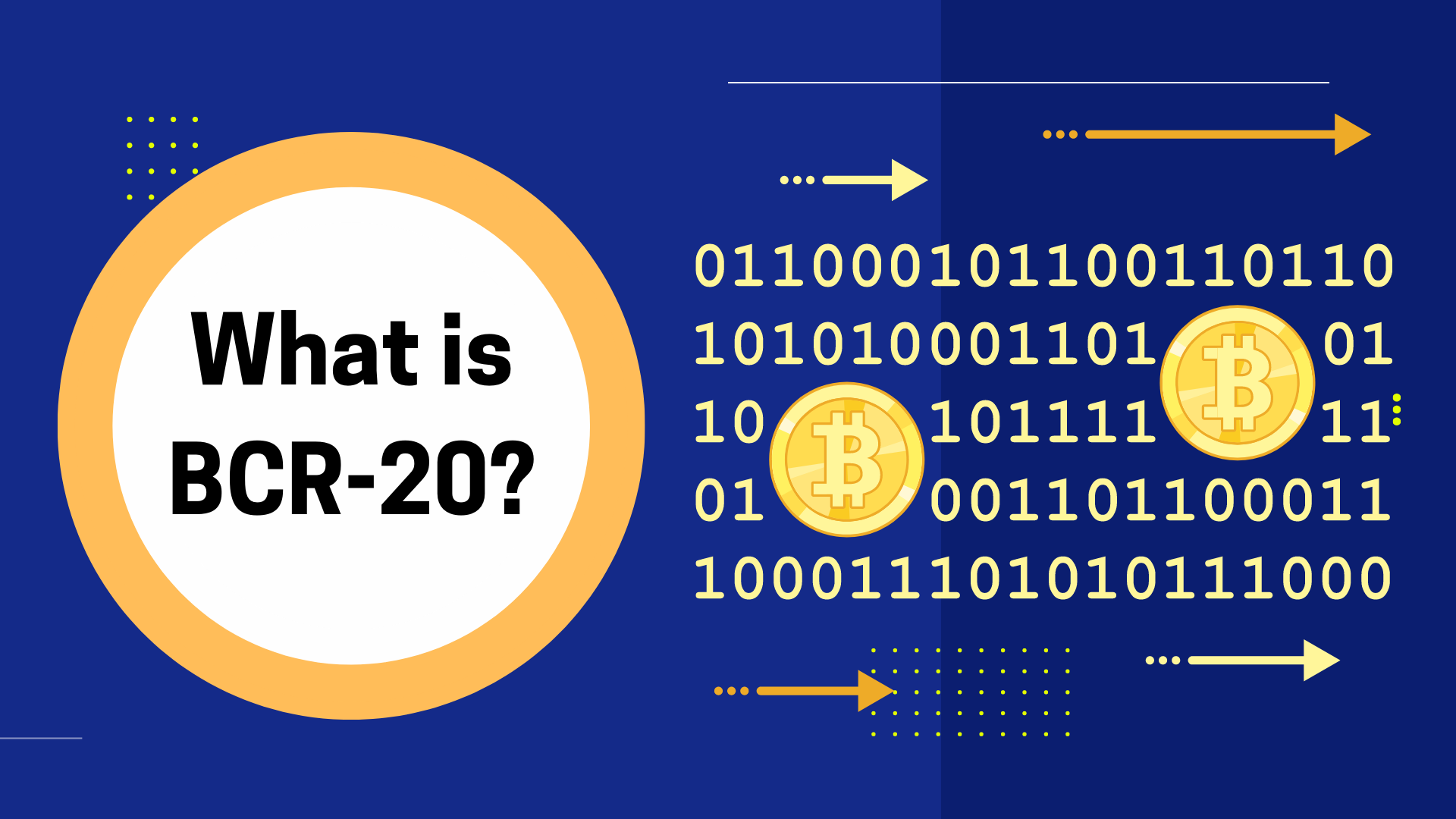BRC-20s: The next evolution of Bitcoin

Exploring the ins and outs of the latest Ordinal innovation
Bitcoin Request for Comment 20 (BRC-20) is the next innovation on the Bitcoin blockchain. Earlier this year, BRC-20s garnered massive attention leading to surges on the Bitcoin blockchain.
What is BRC-20?
Bitcoin Request for Comment 20 (BRC-20) is a token standard – a set of rules that determine how a token works. BRC-20 is a new implementation of the Ordinals protocol that allows minting and transferring of fungible tokens on the Bitcoin blockchain. BRC-20 was created in March 2023 by an unknown developer called Domo as an ‘experiment’.
How does BRC-20 work?
As explained in our recent Insight, Ordinals assign numbers to satoshis, which are tiny fractions of bitcoins. This process allows individual satoshis to be identified. From there, it is possible to attach data to the satoshi through inscriptions. BRC-20 tokens are Ordinal inscriptions with text embedded, which offers a set of specs for minting and managing tokens. While Ordinals are sometimes compared to NFTs, BRC-20s are compared to fungible tokens.
The key difference between non fungible tokens and fungible tokens are that non-fungible tokens are one of a kind, whereas fungible tokens are interchangeable. Non-fungible tokens are identified and recorded on the blockchain and can therefore be authenticated. Non-fungible tokens are commonly art pieces like the CryptoPunks. A fungible token example is Bitcoin. Since gaining popularity, BRC-20s have been primarily used for memecoins.
BRC-20 and ERC-20
BRC-20 resembles the Ethereum protocol ERC-20 or Ethereum Request for Comment 20, which is the technical standard for fungible tokens created using the Ethereum blockchain.
BRC-20s offer a Bitcoin version of the Ethereum protocol which, just like ERC-20s, features data stored directly on chain. A key difference between the two is that BRC-20s are not built with smart contracts, which remove the need for intermediaries by running blockchains when predetermined conditions are met. With ERC-20, developers can create smart-contract enabled tokens.
BRC-20 market cap skyrockets
BRC-20 gained massive attention in the last few months alongside the increase in memecoins such as PEPE, which resides on the Ethereum blockchain. The BRC-20 market cap surged by more than 600% in less than two weeks in May. The market cap for BRC-20 tokens currently sits at $176, 240, 603 USD. There is a wide variety of BRC-20 tokens, with the current number sitting at over 24,000.
BRC-20 Impacts
BRC-20s can take up megabytes of space on the blockchain, due to its reliance on Ordinals. This is a large amount of space compared to simple peer-to-peer transactions, which are measured in kilobytes.
On May 6, 2023, the Bitcoin blockchain hit a snag when the number of transactions reached record highs leading to a backlog of unconfirmed transactions and a spike in transaction fees. As a result, Binance temporarily paused withdrawals. As of May 8th, 2023, Binance added Ordinal support.
BRC-20 has inspired other protocols like BRC-721 and BRC-69. BRC-721 is best described as smart-contract based NFTs on the Bitcoin blockchain. On May 22, 2023, Spirit DAO minted a 6.9 MB banner on Bitcoin using BRC-721. This is the largest block and transaction on the Bitcoin blockchain to date. In early July Luminex created the BRC-69 standard. This standard offers a solution to many of the problems with Bitcoin Ordinals, as the company claims BRC-69s reduce the cost of inscriptions for Bitcoin Ordinals and better optimize block space.
Some good, some bad
Many Bitcoin maximalists are strongly against BRC-20s, claiming that they are spamming the network. In some ways, it is true. BRC-20s did make Bitcoin more difficult to use in a traditional sense, driving transaction fees high and clogging the mempool (where pending transactions wait for validation). Some developers even suggested blocking these transactions - a comment that was met with accusations of censorship.
Despite criticism of BRC-20s, they have captured the attention and imagination of the crypto community and advocates argue that BRC-20s make Bitcoin more versatile and relevant and developments like BRC-721 and BRC-69 represent potential developments stemming from the innovation.
N+1 Insights is meant for informational purposes. It is not meant to serve as investment advice.
